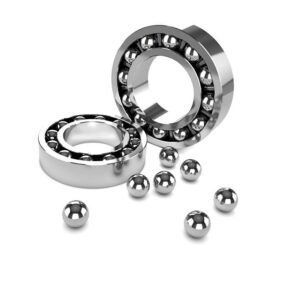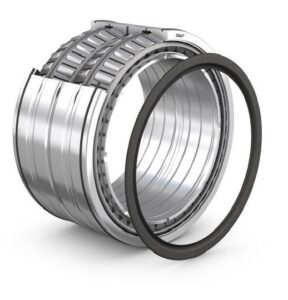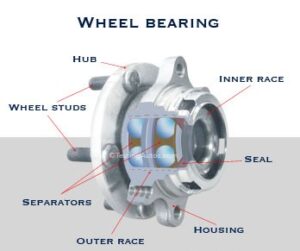The function of a wheel bearing is simple: allowing the wheel to spin freely. There are two types of wheel bearings, ball bearings and tapered roller bearings. Today, most cars, SUVs and pickup trucks have maintenance-free ball type wheel bearing which often comes as an assembly with the hub.


Here is the question. How long does a wheel bearing last? When does a wheel bearing need to be replaced? There are several reasons causing wheel bearing failure such as bad road condition, bad surrounding (moisture and corrosion), defective manufacturer design, and collision. Technically, there is no specific time and mileage limited for the wheel bearing replacement. The wheel bearing needs to be replaced only if it is going bad.
There are some symptoms to detect when a wheel bearing needs potential replacement. First of all, humming noises will occur and it will get louder when the vehicle maneuvers big turns or at higher driving speeds on the highway. Moreover, wheel bearings become loose or have a free play in it. It would be really detrimental for wheel alignment on uneven tire wear, decreasing the ball joint and bushing life times, and it can also cause a squeaking or growling noise. In some cars, defective or going bad wheel bearing may cause the ABS warning light on. ABS sensors might not be able to read properly when the wheel bearing is too loose or internally locked up. In some cases, it will be too hard to diagnose the bearing noise and pinpoint exactly which bearing has gone bad. Only your mechanic can determine if a wheel bearing is bad by listening for the noise with a mechanic’s stethoscope and checking for looseness.

